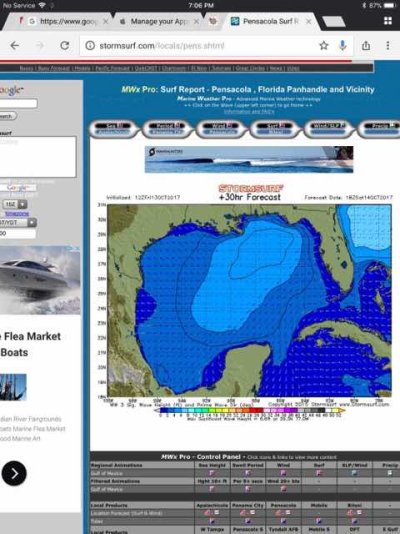hmason
Guru
- Joined
- Aug 9, 2013
- Messages
- 2,828
- Location
- USA
- Vessel Name
- Lucky Lucky
- Vessel Make
- Pacific Mariner 65
A friend turned me on to this weather website: www.ventusky.com. I must say it is a beautiful sight and my buddy who cruises a lot says it is the most accurate site he uses. So I logged on and was surprised (but not shocked) to see a marked variance relative to predicted wave heights. NOAA predictions appear to be much higher than Ventusky. Who do you believe and why?

